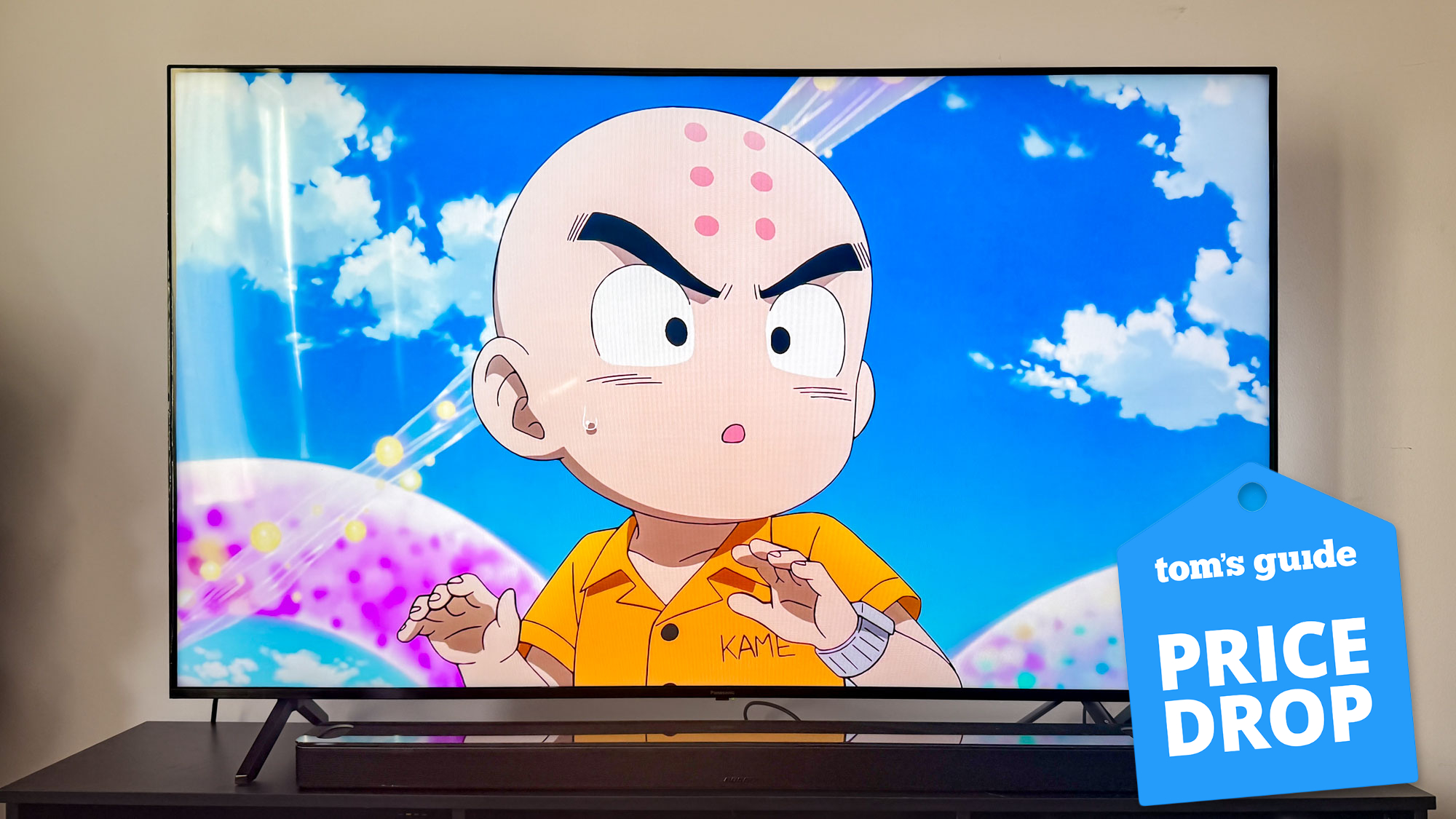Why I switched back to Apple TV after a month with the Fire TV
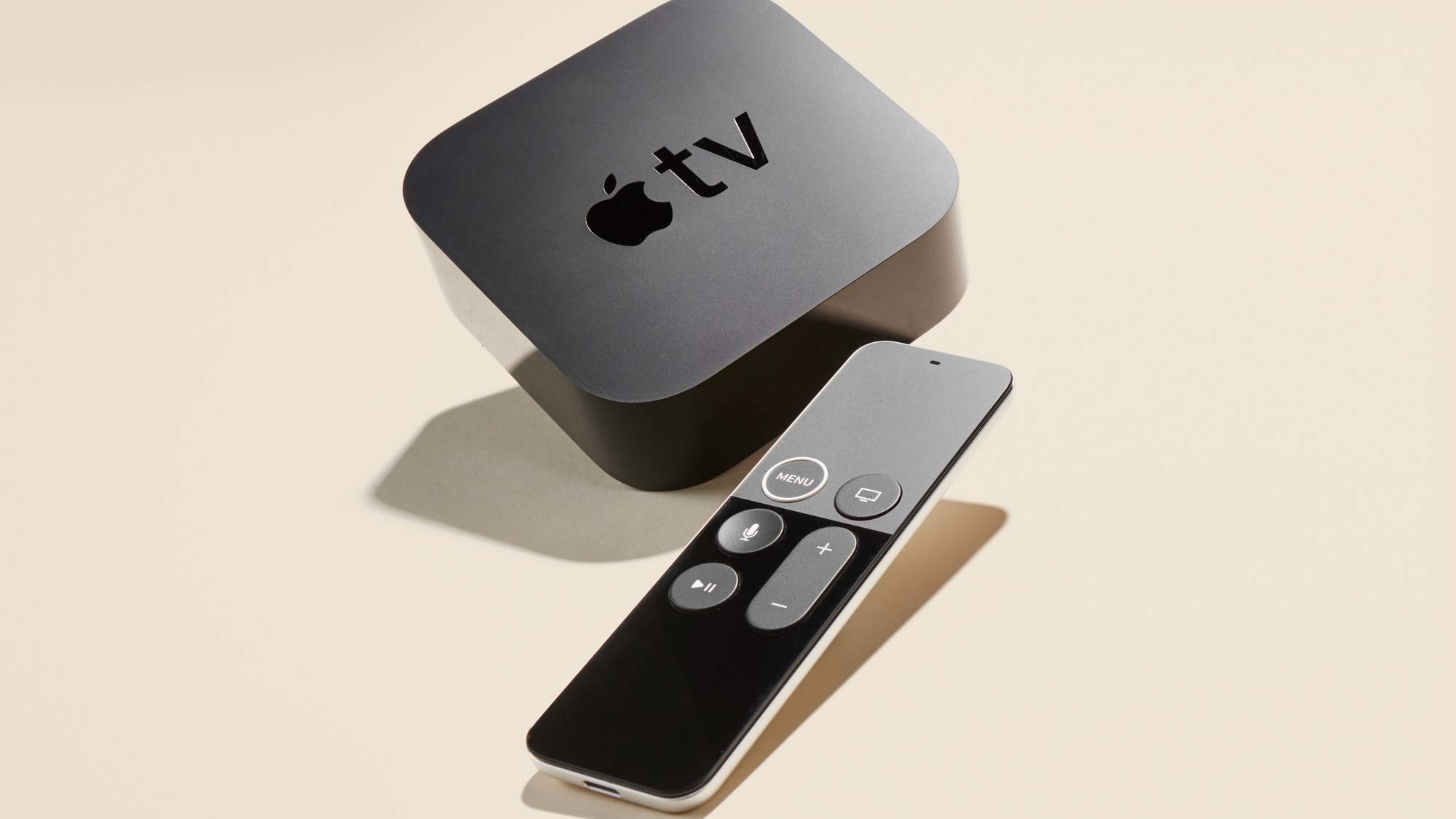
Like countless other Black Friday shoppers last year, I found myself entranced by an unexpected, killer bargain. The price was right, and a mere handful of clicks later I was now the proud owner of a new Samsung 4K TV.
While there was nothing technically wrong with my existing TV — a seven-year-old Toshiba 1080p set — I was nonetheless quite excited to make the leap to 4K content and better color. But this change would also mean replacing my trusty Apple TV HD, which had performed its duties admirably (and without incident) for the better part of a decade. However, because of its 1080p limitation, I’d need a new box in order to get the most out of my TV.
- Apple TV 2021: release date, price, remote, specs, and leaks
- The best Apple TV VPN services
- Just in: iMac 2021 leak just revealed 'really big' model
I considered buying the Apple TV 4K, but it left me with a dilemma: With a new Apple TV seemingly always right around the corner, the thought of paying full price for streaming hardware nearly five years old gave me serious pause. I’d tried to remain patient, but now a new 4K TV was on my doorstep. A temporary solution was in order, and after digging in the closet, I dredged up a forgotten gift: An Amazon Fire TV Cube (one of Tom's Guide's picks for the best streaming device).
Thus began my month-long experiment switching to Fire TV. Surely this brand-new Amazon 4K streaming box would manage to tide me over until Apple released new hardware, right? Maybe I’d even like the Fire TV better after giving it a fair shot and stick with it. Little did I expect to be missing my ancient Apple TV in a matter of hours.
I ran into problems right from the start. Certain apps crashed or were painfully slow to load. The remote often had a long delay after clicks. It was strange to see a modern streaming device struggling fresh out of the box. My main cable-replacement for cord cutting, Sling, was almost unusable on the Fire TV. I know Amazon isn’t responsible for developing every app, but across the board I found responsiveness was far below what I’d been accustomed to with the Apple TV — despite that hardware being a half-decade older.
Amazon really wants you to use Alexa
Even the simple act of setting up the Fire TV Remote left me annoyed. For years my Apple remote had controlled the volume for my entire living room without so much as a second thought. However, Amazon’s box wouldn’t allow me to set up the remote’s IR blaster to control my Sony AV receiver volume without having Alexa turned on at all times. This seemed to be a clear nudge toward enabling Amazon’s smart assistant, which I had no desire to do.
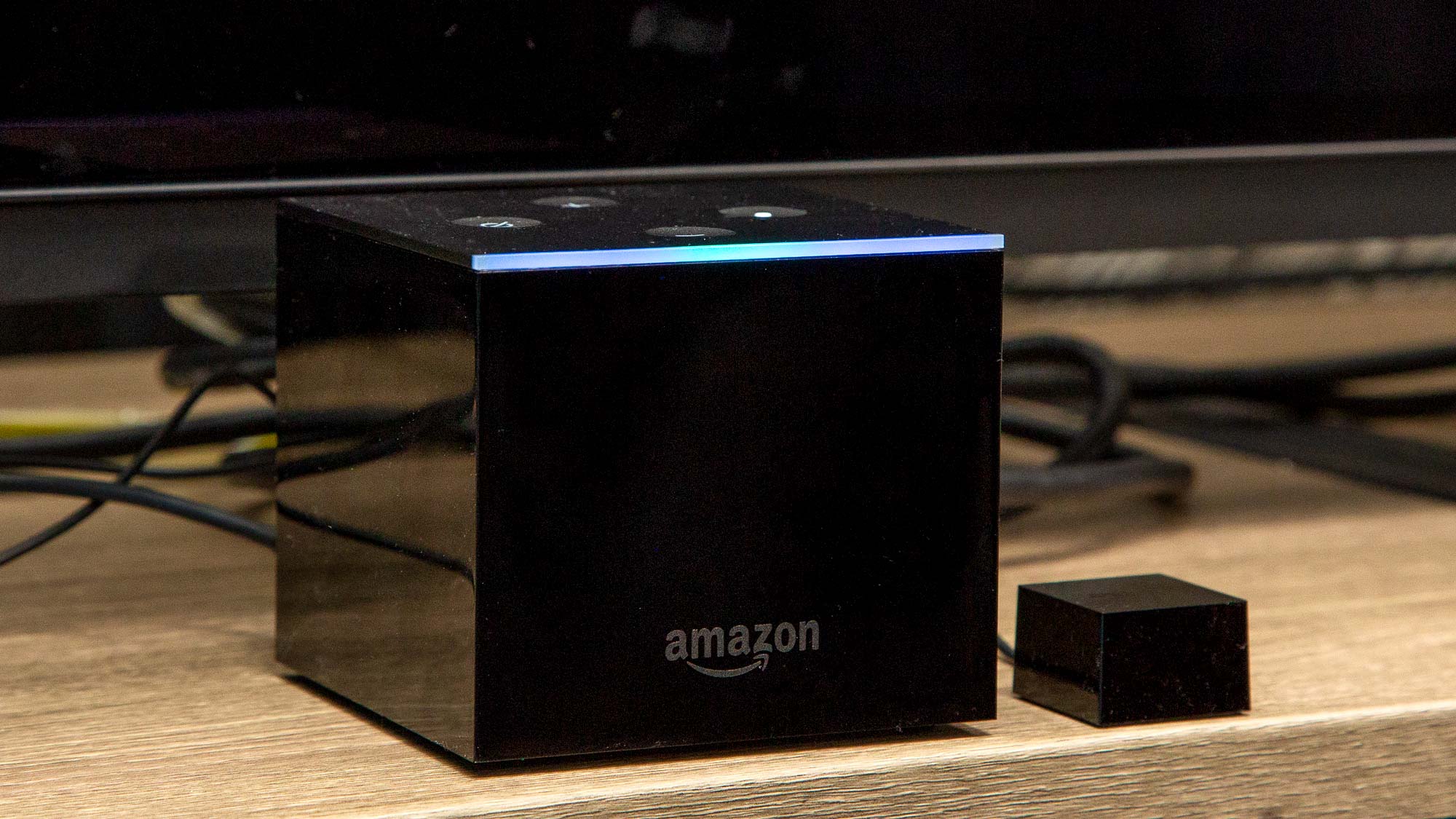
What’s wrong with Alexa, you ask? Or why not just use Samsung's smart TV features? Well, admittedly that comes down to personal preference: I’m not a fan of putting smart devices all over my home. There have been a number of well-publicized security issues around smart TV updates and microphones; for my own privacy and peace of mind, I decided early on that any new smart TV would remain unplugged from the internet. I prefer watching my TV without feeling like it’s watching me back.
Get instant access to breaking news, the hottest reviews, great deals and helpful tips.
When I did try Samsung’s operating system, like with the Fire TV, I found it missing a handful of critical apps I’d become very accustomed to having around. For example, the app I use for watching my favorite NBA team was nowhere to be found. Now I’d need to watch games on my laptop instead of enjoying them on my fancy new flatscreen — not ideal after dropping $800 on a cutting-edge television.
And as if to personally spite me, soon enough I encountered an old episode of South Park where Cartman collects voice assistants. The word “Alexa” is uttered dozens and dozens of times — and every single instance triggered my Fire TV’s voice commands, temporarily lowering the volume and interrupting the show. I’d entered my own version of hell.
Taking another bite of the Apple
Yet even more than the security benefits and bountiful app store, going without an Apple TV made one thing crystal clear: It had wormed its way deep into the heart of my home entertainment ecosystem. As someone who works on a MacBook and uses an iPhone, Samsung and Amazon couldn’t compete with certain aspects of the integrated Apple experience. Between the ease of AirPlay, or the effortlessly way I could summon LastPass passwords using my phone to log into apps, tvOS had always fit smoothly into its role in my living room.
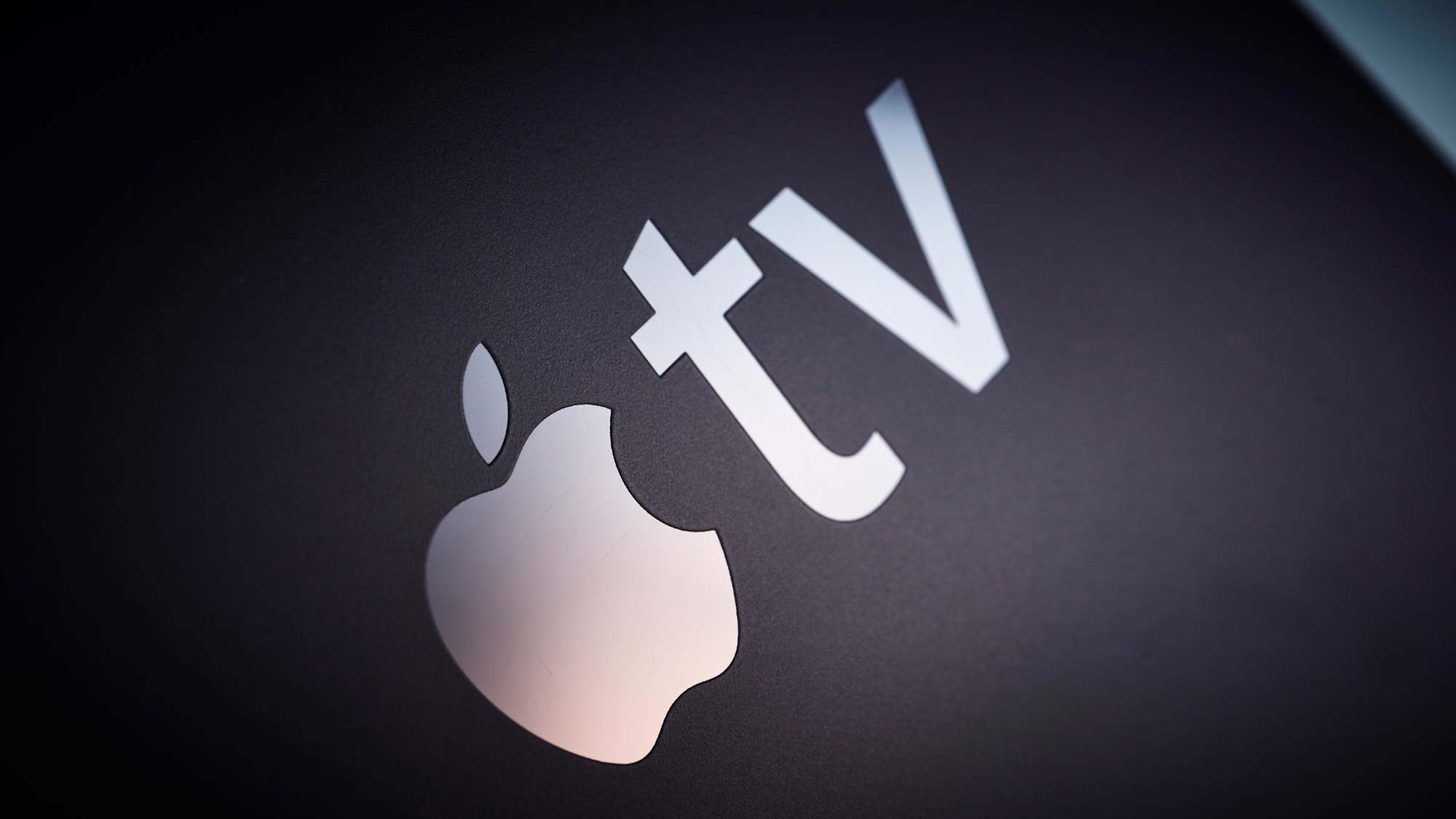
None of this is to suggest the Apple TV is perfect. The much-maligned Siri Remote remains an enigma, compromised by strange design choices and a lack of tactile control. Any future remote update would benefit from borrowing Amazon’s button layout, especially its volume button placement, mute button and useful circular center wheel. And considering its price, there’s no reason for Apple to skip out on critical features like an optical audio output in its next generation.
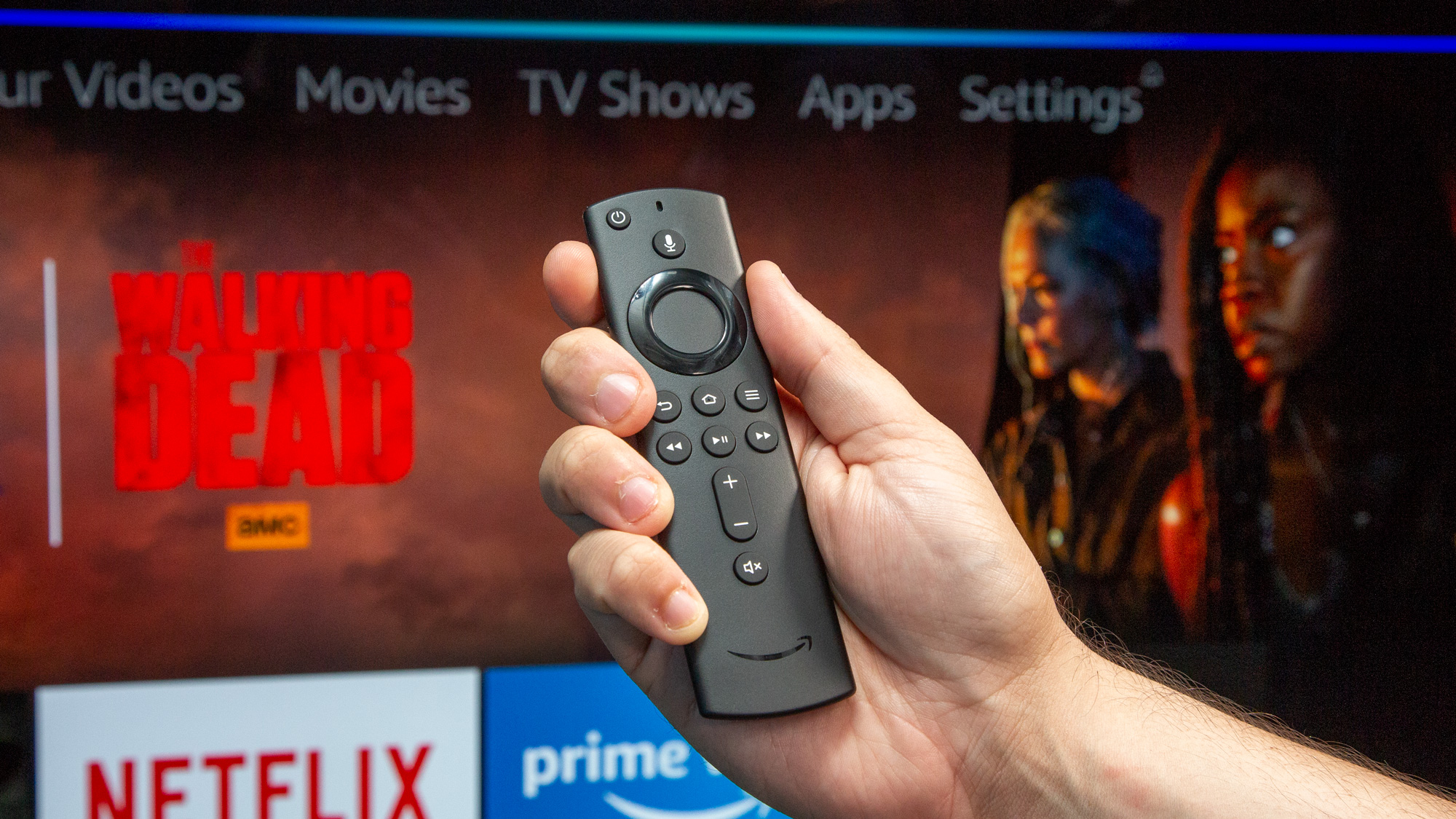
But after a month with the Bezos box, I found myself longing for my old streaming life back. I’d set out to upgrade to 4K picture quality and deeper blacks when watching Netflix, not reinvent my TV experience.
Ultimately, I ended up doing what I’d been trying to avoid all along: I went online and bought an Apple TV 4K. Despite it being a ridiculously overpriced and outdated piece of hardware compared to other options, I couldn’t have been happier to plug it in and put the Fire TV back in the closet. At the end of the day, all that mattered was that “it just works.”
